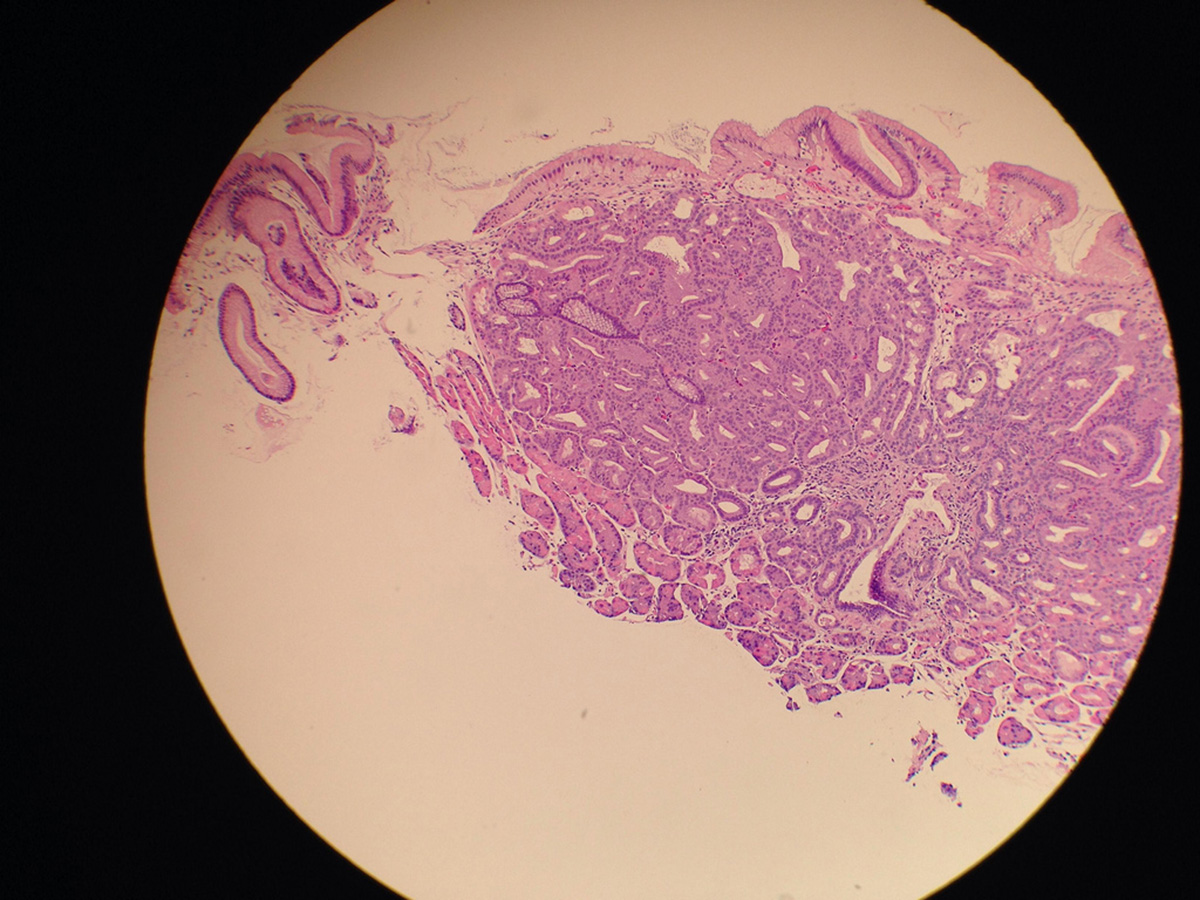Table of Contents
Type 1 diabetes mellitus
Type 1 diabetes occurs due to antibodies attacking the insulin producing islet cells of the pancreas. The pancreas therefore can’t produce insulin anymore and the body’s glucose levels can’t be controlled.
Management of this condition then involves external administration of insulin on a daily basis and having to maintain strict dietary guidelines and stay physically active.

Rheumatoid arthritis
This condition occurs when the joint spaces and the surrounding tissue are attacked by antibodies leading to increased inflammation of the joints. The fingers, hands and wrists are usually the most involved areas. This can lead to decreased mobility and increased deformity of these areas.
Management includes using medications such as non-steroidal anti-inflammatory drugs. For more severe cases medications such as those that reduce cell growth, corticosteroids and certain anti-malarial drugs are also used to try and reduce the inflammation caused by this condition.
Systemic lupus erythematosus/Lupus (SLE)
Lupus is a condition where nearly every area of the body had been attacked by antibodies. The areas involved include the skin, joints, brain, kidneys, heart, liver and lungs.
The way to manage this condition is to control the flare ups of inflammation in the mentioned areas. This is done by using drugs such as corticosteroids and cyclophosphamide.
Vitiligo
The antibodies here attack the pigment cells of the skin thereby causing patches of decreased pigmentation. These white patchy areas can be mild or quite pronounced and can involve any part of the skin. The biggest issue with vitiligo is the cosmetic effect it has especially if it involves younger patients.
The management of this issue involves using make-up and cosmetics to cover the white patches especially if the face is involved. Phototherapy and using immune suppressing creams are also part of the management of vitiligo.
Psoriasis
Antibodies attack the skin and can cause inflammation in the affected areas. These areas become red and irritated and then go on to become thickened, flaky and with silver-white patches. The most commonly involved areas include the scalp, back of the forearms, around the belly-button and the shins.
Drugs such as vitamin D analog creams, topical steroid creams and emollients were found to be useful in reducing the effect of this condition.
Grave’s disease
The thyroid gland is attacked by antibodies here which cause inflammation of the organ. This then leads to swelling of the thyroid and it becoming overactive. Other characteristic signs of this disease include bulging eyes.
Compared to other autoimmune conditions, Grave’s disease can actually be treated. Anti-thyroid drugs can be used for mild cases but more severe cases may need radioactive iodine or surgical removal of the thyroid.
Inflammatory bowel diseases
The small and large intestine can be involved here and include conditions such as Crohn’s disease (can involve the mouth up to the anus) and ulcerative colitis (involves the colon and rectum only).
Crohn’s disease can be managed over the long-term with antibiotic use. Ulcerative colitis can be managed with drugs such as meselazine but surgical removal of the affected area is more curative.
READ Lupus in Women: Chronic Inflammatory Disease
Celiac disease
This condition is caused by a reaction to gluten (which is contained in wheat, rye and barley) which results in damage to the lining of the small intestine. This can lead to absorption difficulties and long-term complications such as failure to thrive.
Dietary changes need to be incorporated where gluten has to be removed. If these changes don’t work, then steroids and immune-suppressant medications need to be used.
- www.healthline.com/health/autoimmune-disorders
- Photo courtesy of euthman: www.flickr.com/photos/euthman/3953390018/
- Photo courtesy of niels_olson: www.flickr.com/photos/niels_olson/10603315934/
- Photo courtesy of euthman: www.flickr.com/photos/euthman/3953390018/

